Questions on Synthetic Turf Continue as New High School Field Opens in Connecticut
/Construction of a new, synthetic-surface football field to replace the grass field that had developed drainage problems at Bloomfield High School was driven by concern over player safety. The conditions on the old field, which had not been renovated in more than a decade, had become dangerous and led to player injuries, according to school officials. But the $1.3 renovation of the field and adjacent track, completed this year and which saw students on the field for the first time last month with the start of football season, has renewed questions first raised months ago locally, and which remain in the news nationally.
Back in March, on the brink of Board of Education approval of the new track and field, concerns were raised about the safety of the proposed turf. Published reports indicate that “some members expressed concerns over synthetic fields having been linked to carcinogens.” Board Chairman Donald Harris told The Hartford Courant that BSC Group, the company that was hired to install the field, put those concerns to rest. "We are fully supportive because there are no carcinogenic concerns," he said.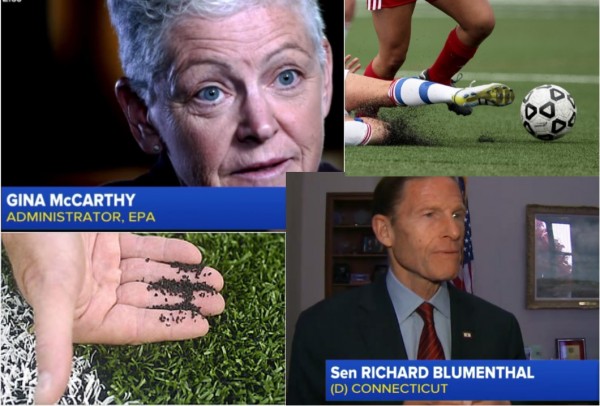
In recent months, however, questions have continued elsewhere about sand and rubber-pellet based fields, driven in part by a University of Washington women’s soccer coach who complied statistics of players who became ill, and NBC News reporting of her data. That has spurred members of Congress to call for an independent federal investigation into crumb rubber, citing lingering health questions surrounding the small rubber shreds used as artificial turf.
There have been dozens of studies that have found there to be no elevated health concerns, including a study by Connecticut’s health officials, but questions persist.
Sen. Richard Blumenthal, D-Conn., who has been described as leading the effort, first became concerned about the artificial surface when his children were playing on the crumb-rubber athletic fields. “I became concerned as a parent, as much as a public official, ten years ago, and at first was somewhat skeptical, but now very firmly believe that we need an authoritative, real study about what's in these fields," Blumenthal told ABC News this month. He is calling for an independent investigation of the safety of the rubber pellets used in synthetic turf.
EPA Administrator Gina McCarthy, a former Connecticut Commissioner of the Department of Environmental Protection, told ABC News “there is no evidence yet that is making these links, but it doesn’t mean we’re dismissing the concerns.”
The pellets made from ground-up discarded tires are used as turf on more than 10,000 athletic fields and playgrounds around the country, according to the Synthetic Turf Council.
Boston-based BSC Group, with offices in Worcester, West Yarmouth and Glastonbury, was hired to construct the new synthetic turf field in Bloomfield. The company was founded in 1965, and is a multi-disciplinary firm with expertise in a range of areas including structural engineering, landscape architecture, environmental permitting, ecological sciences and site engineering. The work at Bloomfield High School renovation included a resurfaced six-lane track, installation of the synthetic turf field and improved drainage. The football team began play on the field this season.
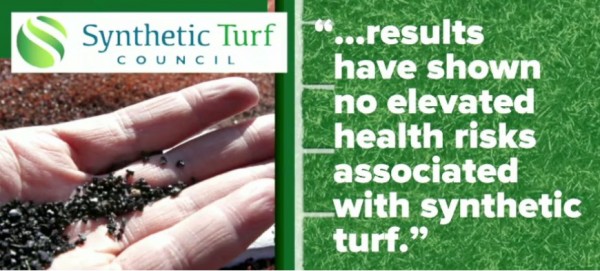 In Connecticut, like elsewhere around the nation, artificial turf fields have become a popular alternative to natural grass fields. The state Department of Public Health (DPH) website points out that “the advantages of these fields include less maintenance costs, ability to withstand intense use and no need for pesticides.” To address public safety concerns, four Connecticut state agencies collaborated in 2010 to evaluate the potential exposures and risks from athletic use of artificial turf fields, the DPH website explains.
In Connecticut, like elsewhere around the nation, artificial turf fields have become a popular alternative to natural grass fields. The state Department of Public Health (DPH) website points out that “the advantages of these fields include less maintenance costs, ability to withstand intense use and no need for pesticides.” To address public safety concerns, four Connecticut state agencies collaborated in 2010 to evaluate the potential exposures and risks from athletic use of artificial turf fields, the DPH website explains.
A two year, comprehensive investigation of releases from five fields during active play was conducted by the Connecticut departments of Public Health, Energy and Environmental Protection, University of Connecticut Health Center, and The Connecticut Agricultural Experiment Station. The study was peer-reviewed by the Connecticut Academy of Science and Engineering. The overall conclusion of the report, according to the DPH website, is that “use of outdoor artificial turf fields does not represent a significant health risk.”
Gary Ginsberg, a toxicologist with the state Department of Public Health who worked on the states risk assessment study, told The Hartford Courant recently that he has no concerns about his own children playing on artificial fields. “None at all.”


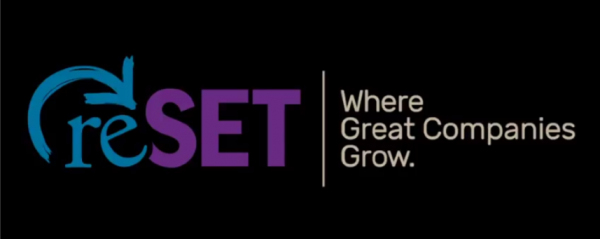
 sustainable lifestyle beverate brand for teens and tweens. The company's goal is to inspire young people to realize the power of consumer choices to effect social and environmental change.
sustainable lifestyle beverate brand for teens and tweens. The company's goal is to inspire young people to realize the power of consumer choices to effect social and environmental change.
 The five awards judges - Sherrell Dorsey of Uber and Triple Pundit, Adam Dotson of Ironwood Capital, Claire Leonardi, an advisor to reSET's Social Enterprise Investment Fund and former CEO of Connnecticut Innovations, Anthony Price of LootScout and Paul Witinski of Ironwood Capital - narrowed down more than 100 applicants to 12 honorees. The People’s Choice winner was selected via more than 1,800 online votes.
The five awards judges - Sherrell Dorsey of Uber and Triple Pundit, Adam Dotson of Ironwood Capital, Claire Leonardi, an advisor to reSET's Social Enterprise Investment Fund and former CEO of Connnecticut Innovations, Anthony Price of LootScout and Paul Witinski of Ironwood Capital - narrowed down more than 100 applicants to 12 honorees. The People’s Choice winner was selected via more than 1,800 online votes.
 “I would like to congratulate all of the members of Stamford 2030 for joining together to make vital changes for our community," said Stamford Mayor David Martin. "The partners in Stamford 2030 have really stepped up for the success and sustainability of our city and the surrounding area. And they are not alone. For our part, the city is committed to improving storm resiliency and moving forward with the Energy Improvement District. We believe these efforts are tied to our economic development and ability to attract people to Stamford while conserving important natural resources, all necessary for sustained growth and prosperity.”
“I would like to congratulate all of the members of Stamford 2030 for joining together to make vital changes for our community," said Stamford Mayor David Martin. "The partners in Stamford 2030 have really stepped up for the success and sustainability of our city and the surrounding area. And they are not alone. For our part, the city is committed to improving storm resiliency and moving forward with the Energy Improvement District. We believe these efforts are tied to our economic development and ability to attract people to Stamford while conserving important natural resources, all necessary for sustained growth and prosperity.”

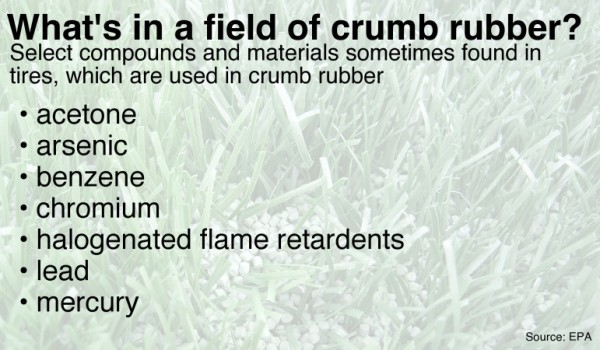


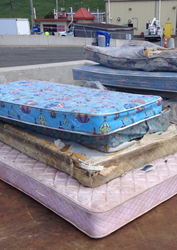

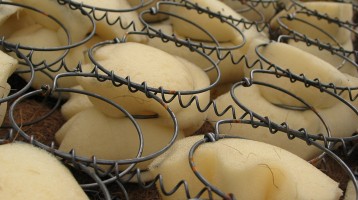
 A similar statewide mattress recycling program was adopted by the Rhode Island legislature in 2013 and is due to launch in 2016. To participate,
A similar statewide mattress recycling program was adopted by the Rhode Island legislature in 2013 and is due to launch in 2016. To participate, 

 Later this month, Bike Walk CT is offering the League of American Bicyclist-designed Traffic Skills 101 program, a comprehensive day long course to give cyclists the skills, knowledge and confidence to handle on-road cycling.
Later this month, Bike Walk CT is offering the League of American Bicyclist-designed Traffic Skills 101 program, a comprehensive day long course to give cyclists the skills, knowledge and confidence to handle on-road cycling.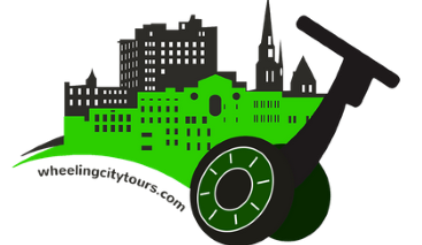
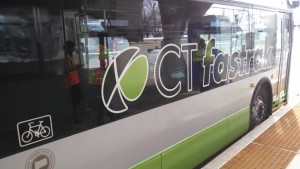 For the first time in the history of the awards program, a state agency was also selected to receive an award. The CT Department of Transportation received a special award for Starting a Revolution: Integration of Land Use and Transit in recognition of the progressive nature of CTfastrak, the bus rapid transit system opened earlier this year. The awards jury that selected the winners gave the award because they felt the new busway represents a cultural shift in how Connecticut views transit, and wanted to acknowledge the future promise of transit oriented development that will hopefully result around the station locations.
For the first time in the history of the awards program, a state agency was also selected to receive an award. The CT Department of Transportation received a special award for Starting a Revolution: Integration of Land Use and Transit in recognition of the progressive nature of CTfastrak, the bus rapid transit system opened earlier this year. The awards jury that selected the winners gave the award because they felt the new busway represents a cultural shift in how Connecticut views transit, and wanted to acknowledge the future promise of transit oriented development that will hopefully result around the station locations.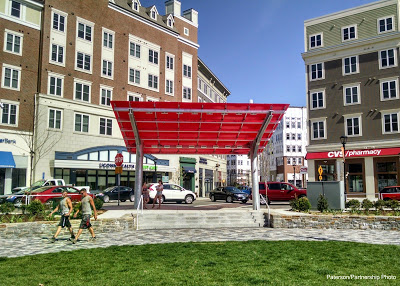



 In Connecticut, the inflation-adjusted change is a reduction of in the value of the dollars provided by the tax of 32.6 percent since 2000 and 22.3 percent since 1994, according to the Governing analysis, using data from the U.S. Census Bureau and the Institute on Taxation and Economic Policy. Earlier this year, Governor Malloy announced a two-part transportation plan consisting of a
In Connecticut, the inflation-adjusted change is a reduction of in the value of the dollars provided by the tax of 32.6 percent since 2000 and 22.3 percent since 1994, according to the Governing analysis, using data from the U.S. Census Bureau and the Institute on Taxation and Economic Policy. Earlier this year, Governor Malloy announced a two-part transportation plan consisting of a 

 The Arbor Day Foundation also has a campus program, designating colleges and universities as a Tree Campus USA. The University of Connecticut is the only college in Connecticut to earn the designation.
The Arbor Day Foundation also has a campus program, designating colleges and universities as a Tree Campus USA. The University of Connecticut is the only college in Connecticut to earn the designation.




























